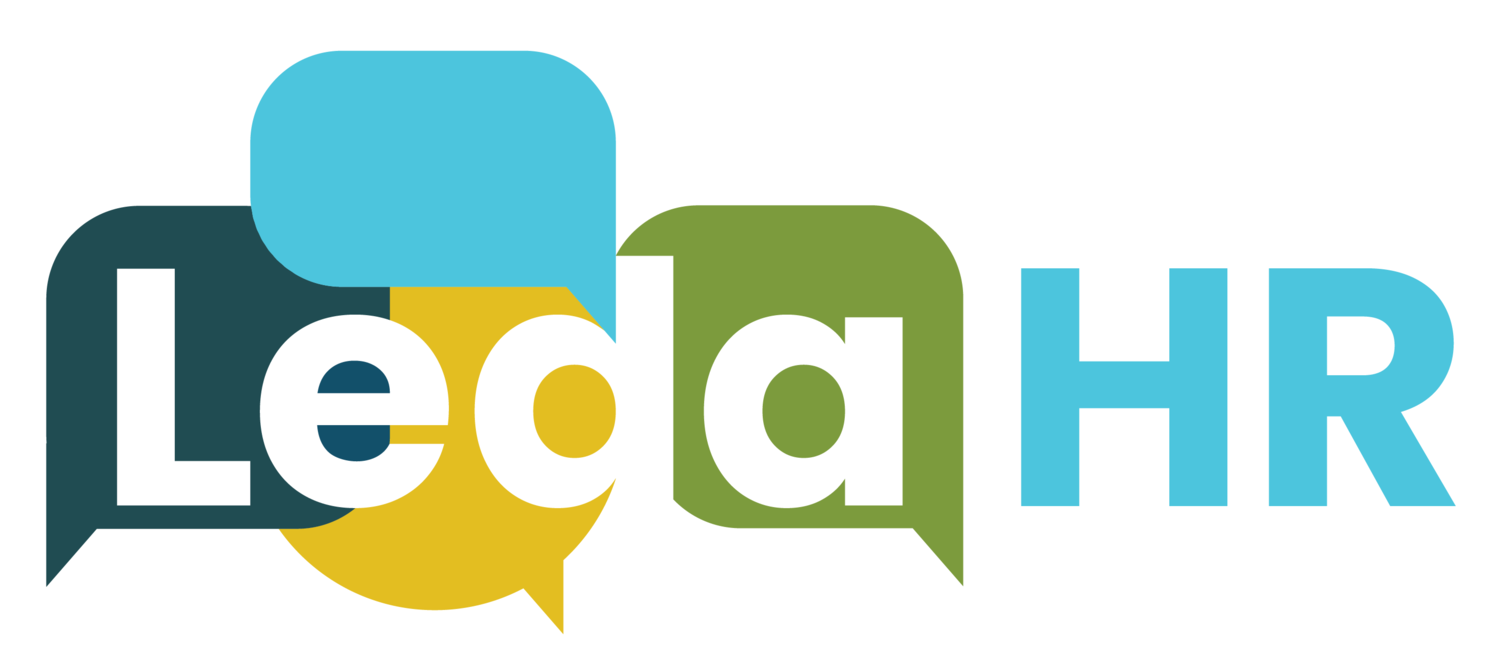Lessons in Team Effectiveness from Formula One Racing
Lessons in Team Effectiveness from Formula One Racing
By Kristin Bower | July 2025
If you are like many people, you may have included a visit to the movie theatre this past weekend to check out one of the summer blockbuster movies. In the opening weekend alone F1: The Movie earned $144 million at the box office globally.
I don’t know much about F1 racing and I was fascinated to see how much of a team sport it really is. Two drivers on the track, the engineers that design the car, the pit crew, and so many others working together to achieve a common, shared goal. And to do it safely.
It reminded me of an interesting story that I learned about a few years ago when I was doing some research for a workshop on unconscious bias that I was developing. It’s about how a children’s hospital and an F1 team came together and saved lives.
Intrigued? I was, too…
When Best Practice Isn’t
Back in the 1990’s the cardiac unit in London, England’s Great Ormond Children’s Hospital had a high mortality rate. Troublingly so.
Once surgery was completed, the patient – a child - would be transferred to the intensive care unit. As part of this handover, the medical team would need to transfer all the child’s life support equipment (things like monitoring lines and ventilators) not once but twice; first from the operating room to the bed for transport and then from that bed to a bed in the ICU.
As you can imagine, there were plenty of opportunities for errors during the approximately 15 minutes that it took to make the transfer from the OR to the ICU, but particularly worrying was the potential for knowledge loss. Was vital information being lost during the process? Turns out that it was. When the hospital looked closer, they found that about 30% of handover-related issues were due to both equipment and knowledge errors.
And, of course, the ultimate price for these mistakes was loss of life.
Clearly, what they were doing wasn’t working. The hospital looked to other hospitals and what they thought was best practice elsewhere within healthcare. But nothing fixed the problem.
Not until F1 raced into the picture.
Mitigating Cognitive Bias And Looking Outside The Box
One day two doctors - Martin Elliott and Alan Goldman - were in the break room after surgery and a F1 race was on TV. As they watched, it occurred to them that how a pit crew works together is not unlike a medical team in an operating room.
So, after a phone call, off to Italy to learn from the Ferrari F1 team the doctors went.
Ferrari’s pit crew demonstrated how they work together effectively and efficiently, and some key elements stood out in contrast to how the Great Ormond Hospital had been working:
1. The pit crew planned out every possible scenario of what could go wrong during a handover and practiced each scenario until it became habit.
2. Crew members operated with lots of physical space between each other; the hospital staff constantly got in each other’s way.
3. The crew had a dedicated overseer, or supervisor called a “lollipop man,” who would observe and direct the crew. Only when this person waved their flag would the car be allowed back onto the track.
4. The pit crew worked in silence; hospital staff would chit chat.
Once the doctors were back in London with their newly held knowledge, they did something else unusual; they hired a dance choreographer to better utilize the space around a patient’s bed.
Industry best practice? Maybe not.
Creating a new, better, more effective way of fostering a cohesive and high-performing team? Absolutely.
Thinking Creatively Pays Off
The great news is that because these doctors were willing to consider new ways of working, they were able to reduce the handover errors by 66%. Quite simply put, lives were saved. And all because two doctors – leaders - were open to thinking in new ways and letting go of the limiting idea of “that’s how we have always done it here.”
Unconscious bias can often hold us back from making good decisions. When we invest time and money in a way of working, and it doesn’t work, we often double down. It’s a type of unconscious bias called sunk cost fallacy. Instead of cutting our losses we keep doing more of the same.
Granted, most of us aren’t dealing with life and death in our daily work. But the stakes are often still high, just in different ways:
· ability to achieve organizational goals
· employee engagement and retention
· employee psychological health and safety
· financial bottom line
So, here’s your call to action: how can you, your team, and your organization think in new ways to create better results?
And although it can be tempting to drive fast and hard and keep going, sometimes we need that pit stop to make sure we can reach our goals.
P.S. Want to add unconscious bias workshops to your leadership learning plan? Reach out to Leda HR today!
Kristin Bower is a partner in Leda HR and a diversity, equity, and inclusion consultant living, learning, unlearning, and working in Metro Vancouver on the ancestral and unceded lands of the Katzie (q̓ic̓əy̓) People. Endlessly curious, she is dedicated to making the world a better place, one small act or conversation at a time, preferably over a cup of coffee!
